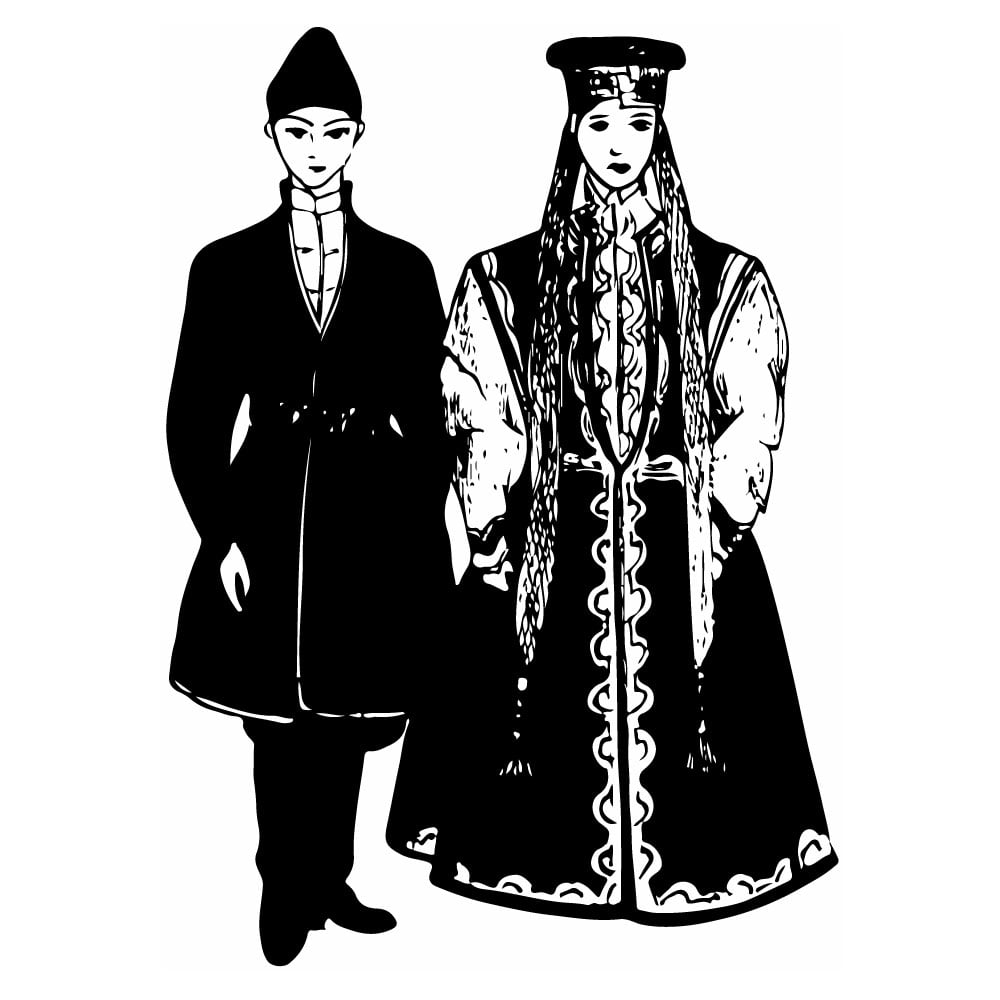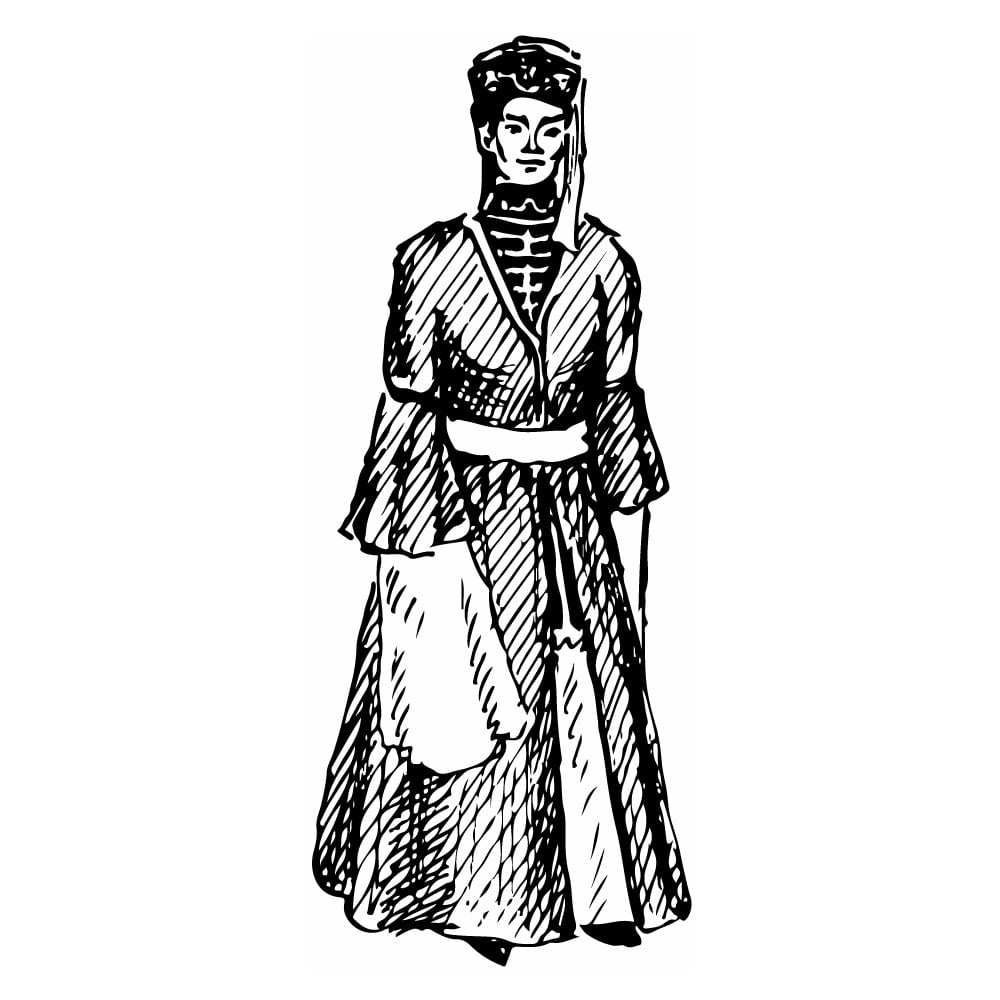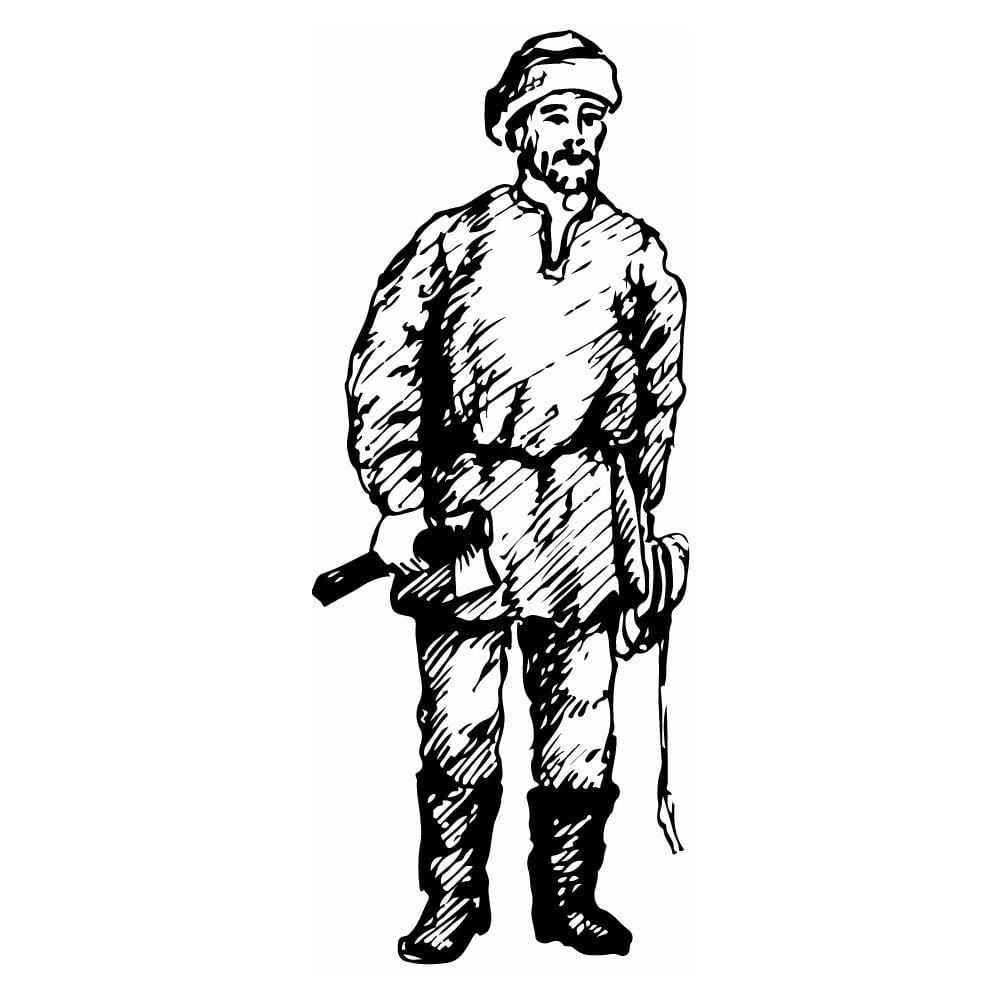Negidal
| Population | 600 |
| Language group | Northern branch of the Tungus languages |
| Language | Negidalic |
| Region | Khabarovsk Krai (along the Amgun and Amur Rivers) |
| Religion | Animism |
*Population estimates for 1994
The Negidal are known as the Negda, Neghidal or Neidal. All these names are the russification versions of the word “ngegida.” In the Evenk language it means “pertaining to the shore.” The Negidal are the descendants of the Evenks who merged with the Nivkhi, Nanai and Ulchi.
Negidal culture has many characteristics of Evenk taiga traditions, such as ways of hunting fur and meat animals, breastplates, leather and fur clothes, footwear, the shape of the cradle, and so on. Other features, such as fish skin clothes, ways of skin processing, dog-breeding, and sea animal hunting give evidence of the fact that the Negidal have undergone considerable influence of the Lower Amur River cultures. Like other Amur peoples, the Negidal were also influenced by Chinese and Manchurian cultures. At the end of the nineteenth century through the interacting process with the Russians, the Lower Negidal started to build houses of cut wood and cultivate land, but many of them are still hunters and fishers.
Not long ago fishing and hunting dominated in Negidal home economy. In the past the Negidal went on hunting sea animals very often. The Negidal had very few deer, that were used for riding and draught purposes.
In the middle of the nineteenth century Negidal clothes were sewed of elk and fish skin and Chinese fabric. The cut of the Lower Negidal men’s and women’s robes did not differ much from the robes of all Lower Amur peoples. Besides robes, women wore breastplates of the Evenk type decorated with the design characteristic of the Amur ethnic groups.
At the beginning of the twentieth century, the Negidal were officially considered to be Orthodox. However, they still preserved their animistic outlook. The religion of the Negidal is a mixture of the Evenk beliefs and ideas of the Lower Amur peoples.
Negidal decorative art (applique work, silk embroidery, birch-bark decorations) stands close to the art of the Amur peoples, while the Upper Negidal had the Evenk type of decoration design. Previously the Negidal, just like the Evenks, used elk hair for embroidery.
Nowadays the majority of the Negidal work on trade and agricultural collective farms. Today they live in civilized settlements.
As a rule, the Negidal are very keen on their ancient traditions.
This is Ad 1




























